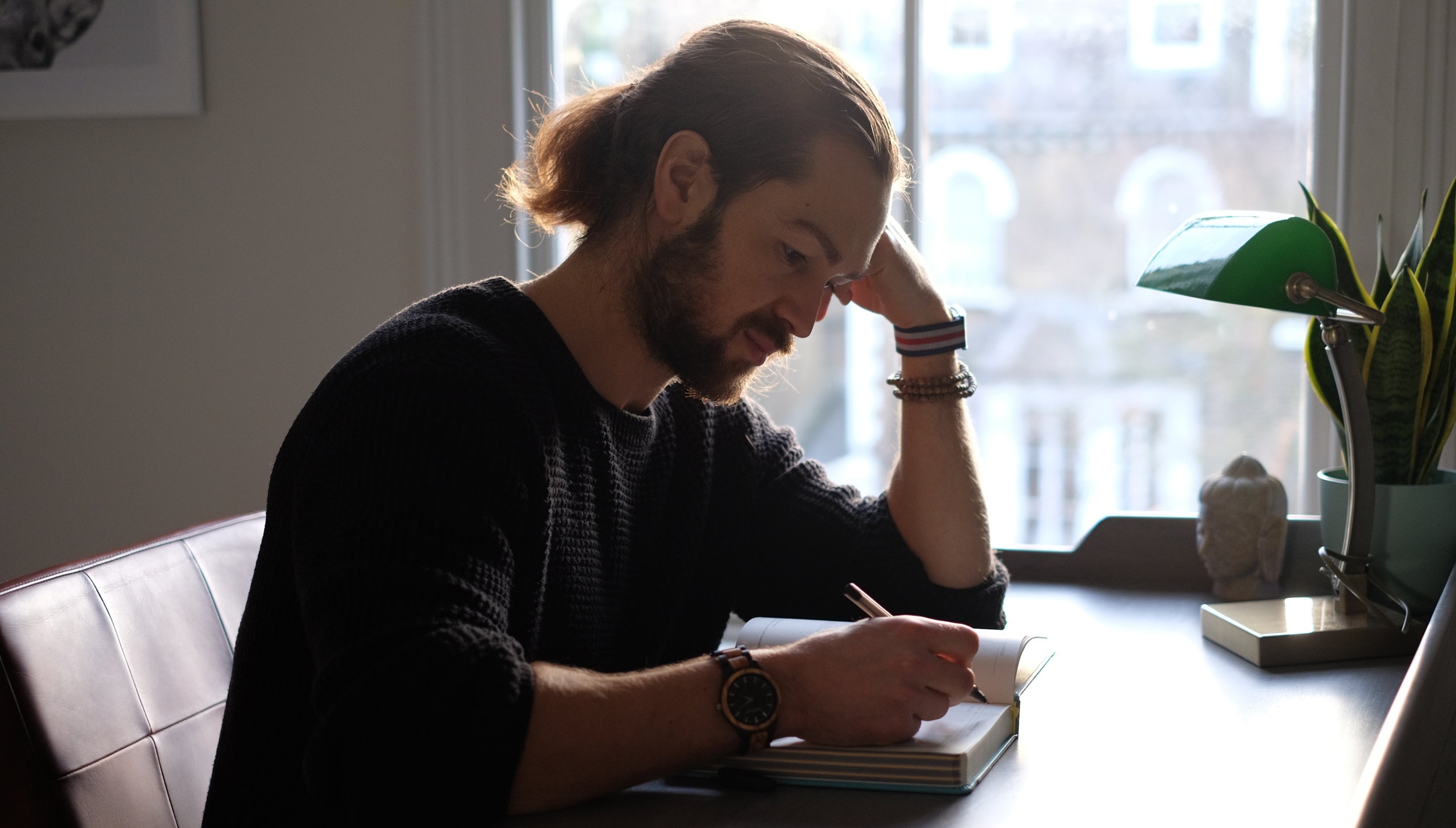
A Pizza Meditation
Mmm pizza. Ahhhh, meditation. Is it a coincidence that the meditative sound of AUM is so similar to the pizza eating “nom nom nom”, I ask you? Definitely not! Can adding these two things together make each of them easier to digest? Can it help you with stress and anxiety? Can it even help you to lose weight? The answers are, of course, yes. And they revolve around ‘non-attachment’ and mindful eating.
Mmm pizza. Ahhhh, meditation. Is it a coincidence that the meditative sound of AUM is so similar to the pizza eating “nom nom nom”, I ask you? Definitely not! Can adding these two things together make each of them easier to digest? Can it help you with stress and anxiety? Can it even help you to lose weight? The answers are, of course, yes. And they revolve around ‘non-attachment’ and mindful eating.
Attachment is the origin, the root of suffering; hence it is the cause of suffering.
- The Dalai Lama
Pizza anxiety
I try to follow the 80/20 principle of eating very well 80% of the time and allowing the reigns to loosen 20% of the time, with a pizza or burger each week. When eating something like pizza, I notice that after getting halfway through, I start to worry. I get anxious that soon the pizza will be gone. There will be no more pizza for another week or so. This is where my mindfulness practice kicks in. I note my attachment to pleasure and then I let go of it. I let go of the fear that in the very near future, my plate will be empty. I then bring myself back to the moment and continue to enjoy said pizza. My anxiety about a potential future is robbing me of my present moment pleasure.
Mindfulness meditation is simply about bringing yourself back to a point of focus. Usually, you would do this with your eyes closed, without distraction and you would be bringing your attention back to the breath each time your mind wanders. But the pizza meditation is mindfulness in real life. Instead of your point of attention being your breath, it is your pizza.
Let it go
I mentioned in my last post that I have come to agree with the idea that happiness is not the fulfilment of desire but the freedom from desires. This is a very wise and ancient Buddhist concept (not a Disney one). It is about letting it go. While I may not be one with the wind and sky yet, I am getting better at understanding non-attachment.
Ritualistic pizza destruction
If you have seen “7 Years in Tibet” or “House of Cards” season 3 episode 7 you will be familiar with the idea of a sand mandala. This is a Tibetan Buddhist practice of creating a beautiful image out of coloured sand and then ritualistically destroying it. The purpose of this is to be reminded of the transient nature of material. Nothing lasts forever, so don’t get too attached to it. My pizza is my sand mandala.
Mindful eating
Mindful eating is actually becoming quite a popular concept. At edgy tech companies in Silicon Valley, they hold mindful eating lunches where staff are taught how to savour their meals. They will try to be present for every aspect of their food. They will look at the colours on their plates. They will smell the food before they place it in their mouths. They will chew their food and notice not just the taste, but also the textures and even the sounds that the chewing makes.
Meditation for fat loss
The benefits of mindful eating are not just mental. Chewing your food for longer helps with digestion. Slowing down the eating process allows time for your stomach to signal to your brain that it is satisfied and to start producing the fullness hormone, leptin. Slowing down eating also means that the post-meal insulin spike will be lower. This helps the body store food inside of muscle cells rather than fat cells. Plus it lessens the post-prandial crash, aka food coma.
This guy knows.
So, not only does your pizza meditation help you to enjoy your food but it will also contribute to better weight management and increased energy. As with so many things about our health, they are holistic. I.e. food contributes to your mood, your weight and your energy.
Are you aware of how much stress may be interfering with your weight?
When you are stressed you are more likely to overeat. When you are stressed your body releases cortisol.
High cortisol levels contribute to fat storage, especially around the waist.
What can you do about this?
How about adding a pinch of gratitude to your meal?
It is physiologically impossible to feel anxious when you are being grateful. When you are being grateful the threatening messages from the brain’s fear centre, the amygdala, are cut off. Plus the anxious signals from the brain-stem do not function. Be grateful for all the people, plants and animals that have contributed to bringing the food to your plate. From the farmer who grew it, to the pilot who has flown it from Argentina to the chef who washed and prepared it for you.
Do try this at home
Give it a try for your next meal. Chew your food around 30 times per mouthful. Put your knife & fork down between mouthfuls. Listen to the difference in the crunch between a piece of celery and a tomato. Smell the food before you shove it down your gob. Notice the colours. Say thank you and enjoy it without getting attached to it. Each time your attention wanders, gently bring it back to your food.
Floatopia
Surely you know what floating is by now? Everyone has been doing it. From John Lennon, who credited it with weaning him off of heroin, to Wayne Rooney using it to recover from injury. Floating is mainstream now so I thought I had better give it a go.
Surely you know what floating is by now? Everyone has been doing it. From John Lennon, who credited it with weaning him off of heroin, to Wayne Rooney using it to recover from injury. Floating is mainstream now so I thought I had better give it a go. And when I give things a go, I dive in head-first, although that would be pretty dangerous in a float tank. So I committed to floating 3 hours per week for 2 months at The Floatworks in Vauxhall to see if it would make me any more enlightened. Which, would be pretty darn enlightened. (I rank enlightenment by how big one’s topknot is).
Famous Floaters














